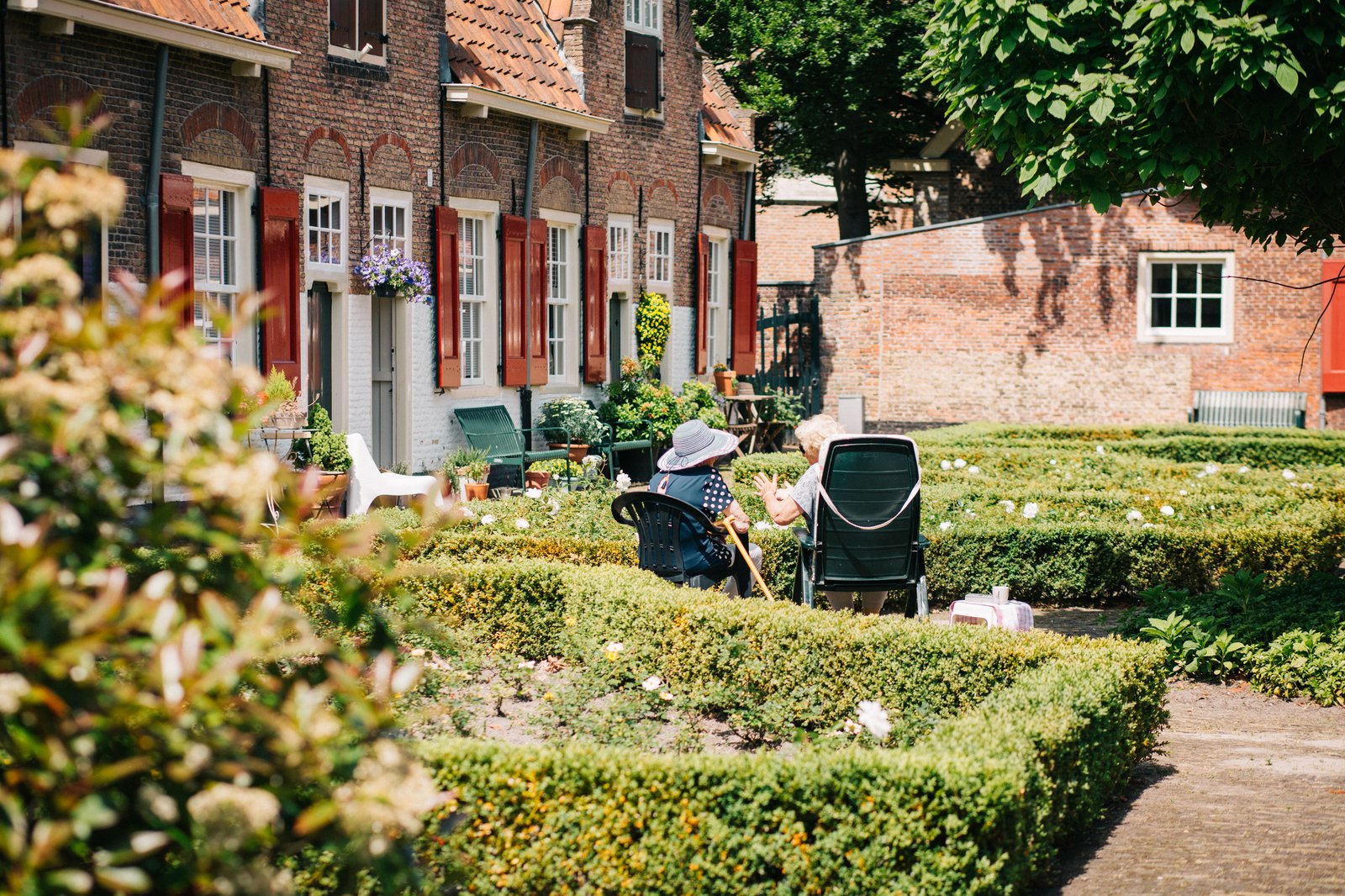
It’s a known fact that the current UK population is ageing. With people living longer than ever before, around 23% of the population is made up of those aged 60 or over[1], meaning we also have a much greater span of ages that are determined as ‘elderly’. As such, retirement living has had to evolve in recent years, providing options outside of the traditional care home and considering other aspects of senior living outside of the stereotyped mindset.
We’re taking a look at the evolution of retirement living so far to analyse key drivers and challenges within the market.
Changing demographics
As we’ve already highlighted, we are living longer lives than ever before and advancements in healthcare and technology mean we are better able to manage health conditions and remain independent. On top of this, it’s predicted that the 90yrs+ demographic is set to rise by around 33% by 2027[2]. Such significant changes in demographics mean there is a greater need for retirement housing stock to diversify and provide more suitable options for different cohorts.
Economic situations driving new
Another key driver of the growing retirement housing sector is the economic benefit that long-term homeowners are realising in terms of downsizing. Releasing housing wealth allows homeowners in their retirement years to improve their living standards and enjoy the type of lifestyle they had envisioned.
From an investment point of view, the outlook is currently favourable as different retirement housing sales models cater to different price points and levels of investor involvement and can provide both short and long-term investment for developers.
Challenges in housing stock
As discussed within our interview with Savills’ Lawrence Bowles, we are seeing a contrast between the current retirement housing stock available compared to what is needed, as it is clear that greater housing delivery is needed to meet the needs of a growing older population. Current planning application restrictions are contributing to challenges around the amount of stock being released to market, both in terms of new delivery and redeveloping land lots.
As well as challenges in housing delivery, much of the existing stock is desperate for refurbishment, as over half of current specialist retirement housing was built or last refurbished over 30 years ago[3].
Diversity of investment
Growth in the retirement living and care home market has largely come from the private sector in recent years, although we are seeing greater diversity if terms of the type of investors coming to market and retirement homes models they are opting for. Notable investments within the last few months alone include Audley Group forming a joint venture with Schroders and Octopus Real Estate, spreading out capital investment and sharing expertise in development and operation to provide quality, new developments.
Join us for the 10th annual Care Homes and Retirement Living conference on Tuesday 26th November 2019, where we will be discussing opportunities and challenges within the senior living market, looking at where investment is coming from and analysing trends in the industry.
You can book your place via the LD Events website here. Alternatively, sign up to receive our email newsletter and we’ll send updates and reminders about our conferences straight to your inbox.
[1] https://www.mha.org.uk/news/policy-influencing/facts-stats/
[2] http://thinkhouse.org.uk/2018/knight.pdf
[3] https://pdf.euro.savills.co.uk/uk/spotlight-on/spotlight---retirement-living.pdf